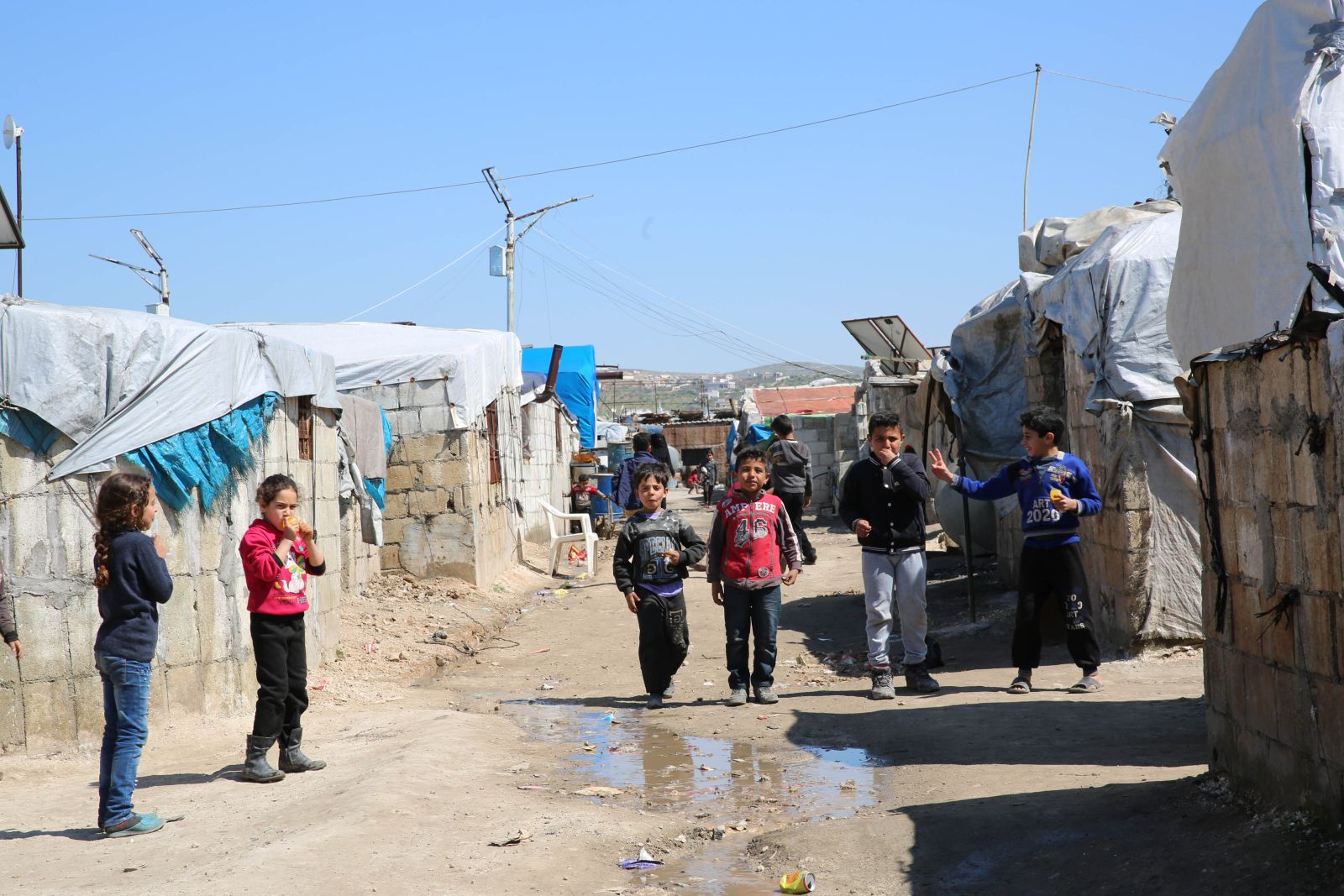Medication
The problem of antibiotic resistance

The causes of the spread of antibiotic resistance are very complex and thus require equally complex countermeasures. The World Health Organization (WHO) published an action plan on antimicrobial resistance in 2016. The European Commission developed a strategy of its own in 2011, and Germany’s federal government has concentrated its efforts in a programme called DART 2020 (Deutsche Antibiotika-Resistenzstrategie – German strategy on antibiotics resistance). Do these plans adequately address the complexity of the problem? Or do they just sound good on paper without leading to real change?
Experts from a variety of disciplines discussed these questions at a conference co-hosted by BUKO Pharma-Kampagne, a German non-governmental network, and Bielefeld University. The guiding principle was the concept of rational drug use. It means that antibiotics should only be used if they are really necessary and that they should be used properly. Accordingly, change is needed in five general areas: doctor-patient relation, hospital care, livestock farming, international cooperation and research and development.
Doctor-patient relation
Antibiotics are being misused on a massive scale worldwide. Doctors frequently prescribe them when it is not necessary and even when it does not make sense. Colds and flu are caused by viruses and cannot be treated with antibiotics, but doctors continue to prescribe them. Moreover, broad-spectrum antibiotics are often prescribed in situations where a targeted treatment with a specific antibiotic would make more sense. Reserve antibiotics have also become a standard form of treatment all over the world, even though they should only be used in particularly serious cases. The sad truth is that many doctors are breaching medical guidelines against their better knowledge.
Antibiotics require a prescription in Germany. But since many patients do not receive enough information on how to use them properly, they often stop taking them too soon and keep remaining pills and use them to self-medicate at a later date – for instance to treat a viral infection. Users therefore need to be better educated.
Physicians’ conduct might improve if they got feedback concerning their prescribing habits. The Scandinavian countries have taken this approach, collecting and evaluating prescription data in centralised government-run databases. The strategy has been successful: the Scandinavian countries prescribe the lowest volume of antibiotics and have the lowest levels of antibiotic resistance anywhere in Europe.
Hospital care
All too often, guidelines for appropriate antibiotic use are disregarded in hospitals. The reason is that the specific pathogens and their resistance profiles are not common knowledge. Time pressure adds to the problems when it makes staff fail to comply with necessary hygiene rules. In German hospitals, multi-resistant pathogens are mostly transmitted through direct person-to-person contact. Proper hygiene and additional staff are the best options for solving this problem.
Hospitals must encourage the targeted use of the right antibiotic moreover. Diagnostics must also be improved and accelerated. Diagnostic measures are often not taken at all in many countries, and even in Germany, what is done in real life falls far short of what should happen ideally.
One interesting approach is a traffic light system that divides antibiotic agents into three groups: drugs in the “green” group could be prescribed by all doctors, “yellow” drugs by specialists and “red” drugs only by doctors with additional expertise in infectiology. Though it may be difficult to make such a system a legal requirement, it would still promote exchange among doctors.
Livestock farming
Farm animals are given antibiotics on a massive scale. It is against the law to use antibiotics as a fattening aid in the EU, but doing so is still common around the world. Moreover, enforcement could be better in Europe. The measures that have been taken to document, control and limit the use of antibiotics do not go nearly far enough. Many countries – including the Netherlands and Denmark, for instance – have made enormous progress in recent years, but the situation remains unsatisfactory in Germany.
One problem is the so-called right to dispense. German veterinarians both prescribe and sell drugs. As a result of this double role, many vets earn most of their income from pharma sales. Discounts from manufacturers for buying in bulk have also contributed to the vast over-prescription of antibiotics.
High levels of antibiotic use are closely correlated with certain types of agriculture. In industrialised farming, many animals are bred with an eye only to increasing weight fast, maximising certain premium cuts of meat (chicken breasts, for instance) or milk output. Such a narrow focus negatively impacts the animals’ health and their ability to fight off disease. Mass application of antibiotics is not the right response however. Things tend to be particularly bad in the poultry sector due to high stocking densities. Lots of animals share a small space, which causes stress and allows infections to spread fast. Birds are routinely fed antibiotics because farmers want to prevent infections from killing entire flocks.
Instead of keeping animals in a way that is as healthy as possible, producers use medication to facilitate cheap mass production. This phenomenon is not limited to Europe and North America, but has also become common practice in Asia, Africa and Latin America. Adding to the problem, a few high-performing breeds that are not adapted to a wide variety of climates, dominate the market. This situation must be remedied. The main goal is to improve animal health in order to reduce the need for antibiotics – in other words, raise fewer, more robust animals. Breeds that are adapted to different regions and climates are needed. Vaccines can also lower the risk of infection. Finally, fewer transports would mean less stress for the animals and would also prevent the spread of pathogens.
International cooperation
A lot needs to be done from a development perspective. Conditions in many countries tend to promote rather than limit the development of antibiotic resistance. In many places, antibiotics are easily available without prescription. Pharmaceutical markets tend to be unregulated, and self-medication is practiced freely.
Many countries do not systematically document antibiotic use and resistance. Necessary diagnostics are often neglected. The WHO action plan addresses such challenges and focuses in particular on helping poor countries develop the appropriate structures. But success depends on the existence of basic health systems and will require long-term support.
Research and development
Almost all antibiotic agents currently in use date back to discoveries made in the 1940s to the 1960s, so today, some kind of resistance affects more or less all known agents. For many years, hardly any new classes of agents were developed. The pharmaceutical industry had no interest in researching antibiotics because it does not consider them profitable enough.
The research gap urgently needs to be closed. First, since the private sector will not act on its own, the research and development of new classes of agents must be publicly funded. Second, new products must become available and affordable all over the world. Third, they must be applied as sparingly as possible in order to delay the inevitable development of new resistances.
Commercially-oriented research cannot meet these requirements. Private-sector companies have very different goals. They do not want to practice restraint; they want to sell as much as they can at the highest possible price.
Therefore alternative funding models are needed. Proposed solutions include an international research fund that would finance drug development. Research prizes have also been discussed. In any case, public funding is absolutely indispensable.
The first step has already been taken. In cooperation with the non-governmental Drugs for Neglected Diseases initiative (DNDi), the WHO has launched the Global Antibiotic Research and Development Partnership (GARDP). The aim is to develop antibiotics to meet the requirements described above. In order to be successful, it needs long-term financial commitments from as many countries as possible. Germany’s federal government has for instance pledged € 500,000 in start-up funds, but much more is needed to allow GARDP to tap its full potential. It could become a research platform that compiles information, data and ideas and makes them available around the world through its network.
No doubt: antibiotic resistance is a complex challenge. Existing programmes have typically not taken into account all issues discussed above so far. Improved international coordination will allow them to better complement each other. Lacking policy coherence has often been noted as well. In Germany, for example, health-policy experts are striving to stem resistances while agricultural policies continue to favour mass production and the export of milk and meat.
Christian Wagner-Ahlfs works for BUKO Pharma-Kampagne, a civil-society organisation.
cw@bukopharma.de
Link
List of proposed measures from the conference and further information on antibiotic resistance:
http://www.bukopharma.de













